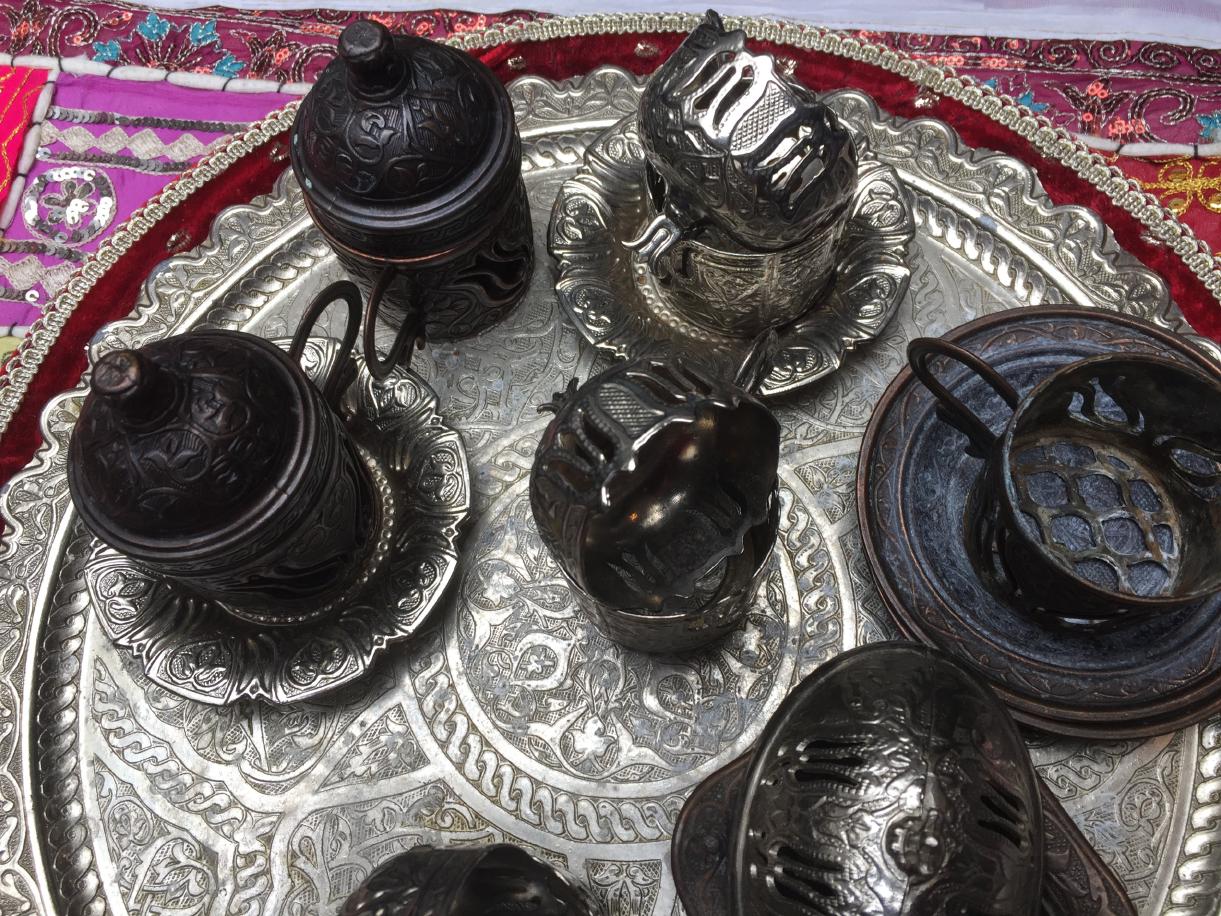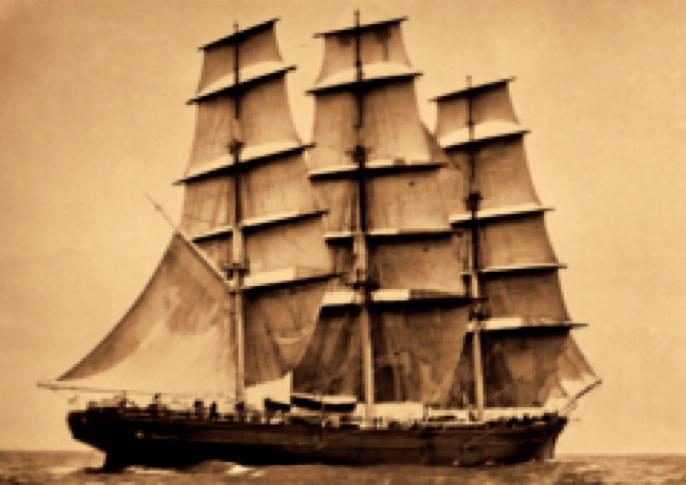
2 minute read
Tea That Creates History
Afghan Saffron Green Tea
A taste of the history of the Silk Tea Road from China to Afghanistan Saffron is the most expensive spice in the world, more expensive than gold. The saffron threads are collected by hand from the stamens of crocus flowers.
Advertisement
I use saffron from Afghanistan. Soak 3 - 4 strands for 2 cups of tea. Place in a bowl with 2 tbsp of warm water and let sit 20 mins.
Make green tea in a tea pot, wetting leaves first, then add water just under the boil (boiling water will burn green tea leaves making them bitter).
Add saffron solution.
Steep 5 mins and serve.
* Recipes developed & tested in my test kitchen

Cutty Sark-famous tea trading ship
Wiki Commons
Everyone has heard of the Cutty Sark, the world’s most famous sailing ship. Many even know it is conserved in Greenwich, U.K. a short tube ride from central London. A brand of premium Scotch has been named after it and tens of thousands of tourists visit it each year. What is not so widely known, however, is that the Cutty Sark was originally built for the purpose of carrying tea. She was the greatest and certainly the most famous of the Tea Clippers. In the days of sail, speed was all important when bringing tea back from China. The Cutty Sark is the world’s sole surviving tea clipper and a monument to the age of sail. But in her day she had another reputation - as one of the fastest vessels anywhere. Getting the first of the new season’s tea back from China to London was worth great profits for a clipper’s owner - and the Cutty Sark was built to win that race, time and again.
Designed by Hercules Linton, the Cutty Sark was built in 1869 in Dumbarton, Scotland, by the firm Scott & Linton for a captain by the name of Jock “White Hat” Willis. The ship was launched in November of that year. The Cutty Sark was named after a line in a folk tale about a fleet-footed witch in the old Scottish legend of Tam O’Shanter, which was later turned into a poem by Robert Burns: no-one ever knew the precise reason why. However, a “cutty sark” was a type of short slip or undergarment. An odd epithet for one of the fastest ships that ever sailed the sea on wind power.
In 1889 the Cutty Sark was involved in a famous incident that pitted her against the crack P&O steamship, the Britannia. The Britannia was doing between 14.5 and 16 knots when the Second Officer, Robert Olivey, noticed a sailing ship passing at 17 knots. He could scarcely contain his astonishment in the log which said: “Sailing ship overhauled and passed us!”

She could sail between London and Sydney in as little as sixty-seven days. This famous sailing ship recently underwent a five year, multi-million pound restoration. After receiving a visit from Her Majesty, the Queen, she awaits your visit just a short ride from London. By Alan McKee, Author, lover of history and black teas. www.hudsonhousemysteries.com




